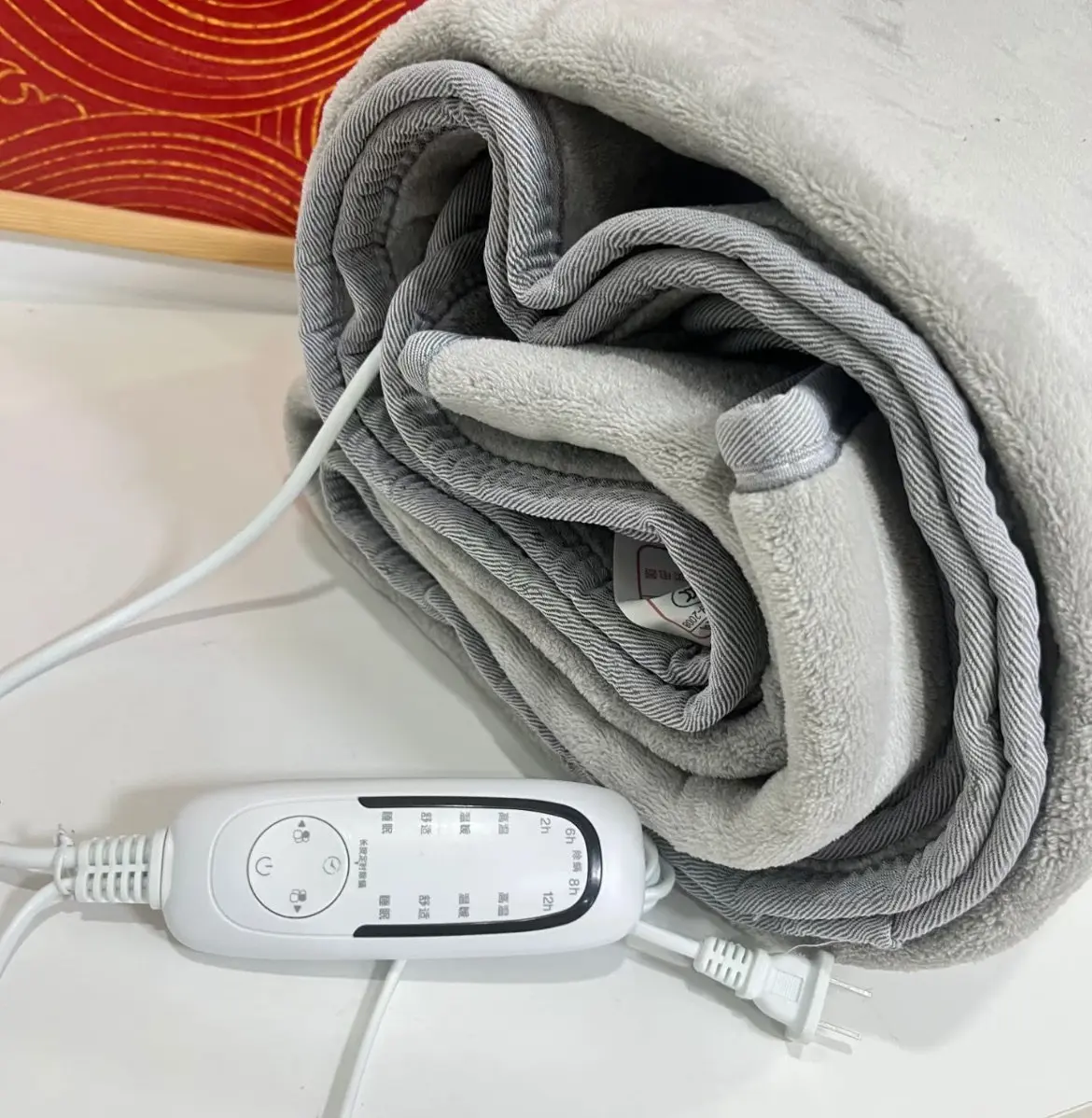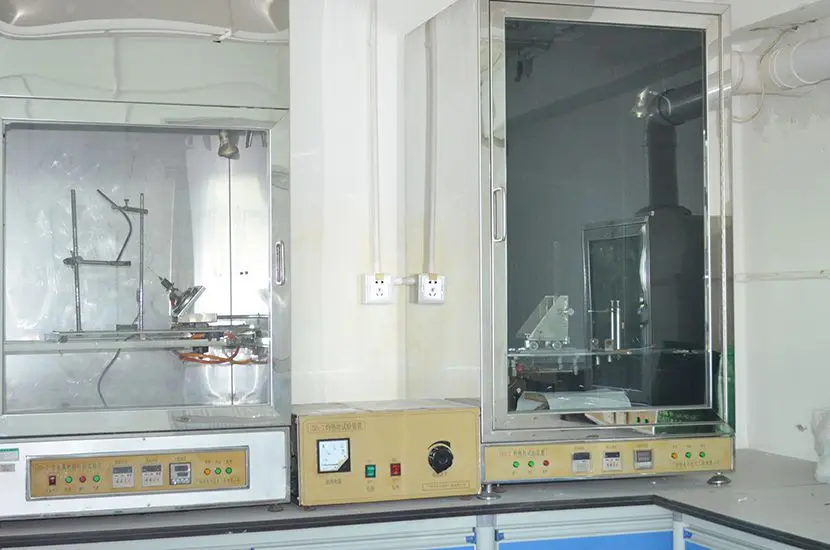
Electric Blanket CE Certification + RoHS 2.0 Testing
Electric Blanket CE certification
Electric blankets are contact-type electric heating devices.
They are woven or sewn into blankets with special serpentine heating elements that feature standard insulation performance.

Due to the recent energy crisis in the EU, the demand for heating devices has surged, leading to shortages of electric blankets.
To export electric blankets to the EU, CE certification and ROHS Testing are required to enter the market successfully.
China’s JJR Laboratory provides detailed guidance.
We are an ISO/IEC 17025 accredited laboratory. Submissions for testing are welcome.
What is CE Certification in Europe?
The CE mark is a conformity indicator that signifies compliance with European regulations.
It applies to all products under European directives.
In such cases, the CE mark is mandatory.
Products bearing the CE mark are not necessarily manufactured in Europe.
This mark certifies that the product has been evaluated before being introduced and/or sold in Europe.
Electric blankets, typically powered by 220V, must comply with the LVD Low Voltage Directive (2014/35/EU)
and the EMC Directive (2014/30/EU).
Two test reports are required to issue a CE certificate, and the product must display the CE mark.
Testing Standards for Electric Blanket CE Certification:
1. EN55014-1
2. EN55014-2
3. en61000-3-2
4. EN61000-3-3
5. EN60335-1
Electric Blanket CE Certification Test Items:
1. Conducted emissions
2. Radiated emissions
3. Disturbances
4. Harmonic current
5. Voltage fluctuations
6. Static testing
7. Electrical fast transient testing
8. Surge testing
9. Voltage drop testing
10. Power frequency magnetic field testing
11. Interference immunity
12. Radiated interference immunity
13. Insulation testing
14. Withstand voltage testing
15. Leakage current testing
16. Temperature rise testing
Materials Required for CE Certification of Electric Blankets:
1. Application form
2. Labels
3. Circuit diagrams
4. Key component list
5. Product specifications
6. User manual
Electric Blanket ROHS certification:
Electric blankets exported to the EU must comply with the RoHS Directive 2011/65/EU.
Testing Standard: EN 63000:2018.
Currently, testing covers the content of 10 hazardous substances:
1. Lead (Pb)
2. Cadmium (Cd)
3. Mercury (Hg)
4. Hexavalent Chromium (Cr6+)
5. Polybrominated Biphenyls (PBBs)
6. Polybrominated Diphenyl Ethers (PBDEs)
7. Diisobutyl Phthalate (DIBP)
8. Bis(2-ethylhexyl) Phthalate (DEHP)
9. Dibutyl Phthalate (DBP)
10. Benzyl Butyl Phthalate (BBP)
Testing Requirements:
Except for chromium, which must not exceed 0.01%, all other substances must not exceed 0.1% (1000 PPM or 1000 mg/kg).
Email:hello@jjrlab.com
Write your message here and send it to us
 Most Reliable Medical Device Test Lab
Most Reliable Medical Device Test Lab
 How to Obtain a Cosmetic Product Safety Report
How to Obtain a Cosmetic Product Safety Report
 US and EU Cosmetics Compliance
US and EU Cosmetics Compliance
 How to Obtain SDS Sheets Certification
How to Obtain SDS Sheets Certification
 Personal Care Products MSDS
Personal Care Products MSDS
 Approval for UL 1727 Introduction
Approval for UL 1727 Introduction
 Candle Label Requirements United States
Candle Label Requirements United States
 Laser Product Qualification Consultants
Laser Product Qualification Consultants
Leave us a message
24-hour online customer service at any time to respond, so that you worry!




